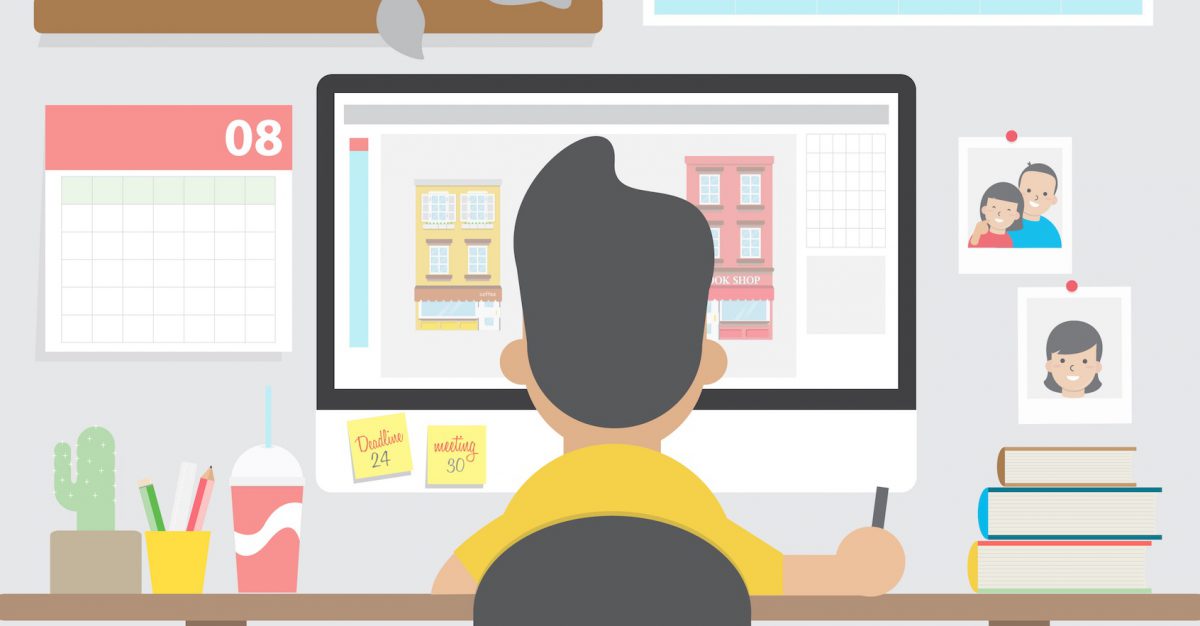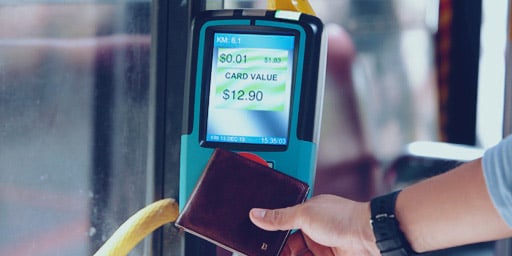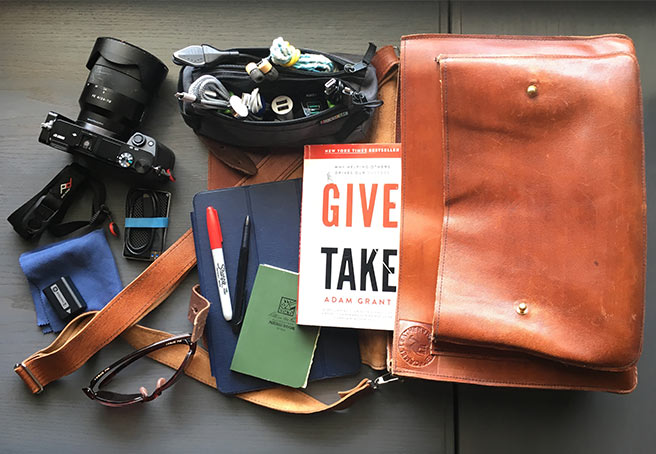In this reading the author define the definition of design was to serve human needs and goals. I really like what he had mention:
design is the craft of visualizing concrete solutions that serve human needs and goals within certain constraints.
While designer is not about expressing their point of view but understanding the problem and giving a concrete solution that meet its goal. This bring us to the next important point of Goal-Directed Design focus on achieving goals was the best way to design a successful product that developed at Cooper. It includes the four components such as principles, patterns, process and practices. I find principle are an important starting point because it helps you to reevaluate the problem and has a clearer idea on which area should the designer work. It touch on the basic by asking the designer does this product accomplish their goals and will it helps the users minimise their work. In design process, the original intention or purpose are often been forgotten along the process as we got more distraction from the constrains or evolving ideas. Principles would provides us the guidelines while creating good solutions.
Another important take off was the design process that involved project planning, research, modeling, requirement definition, framework definition, detailed design and implementation support. In research part the author said that we need to understand it before we can solve the problem which I find it very relevant. Just like before we start of our project for iLight, we went through the requirements and theme before we set of research more about sustainability. We need to know what is it about and design something that tackle the problem. This also reminds me in one of our readings discussed about Mcdonalds would adapt their product to the country’s culture. Definitely, deep research are require to understand the culture to create something authentic and personalise to this particular targeted audience which makes them become international brand.

In conclusion, I feel it is important to define our goals and think about what was the purpose before the design process. The process such as research help us understand more in depth about the problem which would help in analysing the requirements definition and goals to determine the needs. All these process would add up to make the ideas more concrete that serve its purpose.
Design serves as a process catalyst by making ideas concrete.






